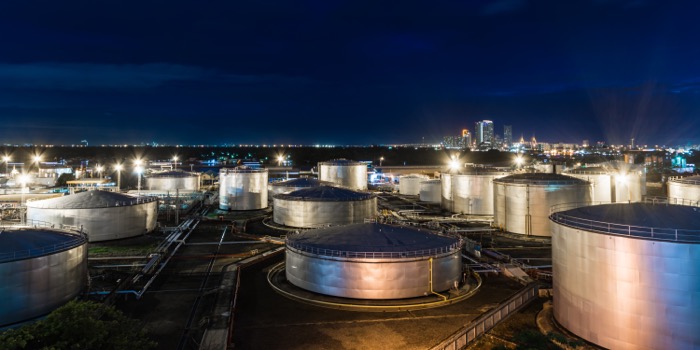Haynesville Shale could become main supplier to LNG operations along USGC
The increasing natural gas production from the Haynesville Shale play will propel it as the main supplier to LNG operations along the U.S. Gulf Coast (USGC), say analysts.
The recent resurgence of drilling activity in the Haynesville shale is expected to continue for the foreseeable future, considering the projected rise in demand for natural gas worldwide and the ensuing increase in the U.S. LNG exports, according to GlobalData.

The Haynesville shale is spread across Northwest Louisiana and East Texas, in the U.S., covering an area of around 9,000 sq. miles. The strategic location of this shale play near to some of the world’s largest petrochemical complexes, LNG export facilities, and more importantly the Gulf of Mexico makes it one of the most revenue-generating shale plays in the U.S. The facilities around the shale formation help in rapid ‘spud-to-sale’ cycle time, thus, making it more attractive to the investors.
Due to the deposition of hydrocarbons in deeper layers than most of the other shale gas formations, ranging from 10,500 ft. to 14,000 ft., the companies initially found this play less feasible to extract shale gas with existing technology. However, over the years, innovation in drilling technology and updated completion techniques changed the competitive landscape attracting more players to increase their drilling activities.
According to the Energy Information Administration (EIA), the U.S. produced just under 81 billion cubic feet of gas per day (bcfd) in August 2019. The Appalachia Basin and Haynesville sites accounted for over 50 per cent of the total value, and are currently showing an increasing trend in their production levels – with the Appalachia Basin producing over 32bcfd, and the Haynesville over 11bcfd.
Andrew Folse, Oil and Gas Analyst at GlobalData, commented: “The demand of natural gas feedstock for conversion into LNG is focused on the USGC. This demand is expected to steadily increase over the next five years as there is approximately $18 billion to be invested in planned LNG facilities in Texas and Louisiana. Furthermore, an additional $7.9 billion is related to announced facilities, which could further increase natural gas demand. Given Haynesville’s proximity to the Gulf Coast, the natural gas produced in the play will have easy access to market, specifically to LNG plants which will depend on gas produced in the region.”
Folse added: “In 2018, the most active-producing areas in the Haynesville shale were De Soto, Caddo, Red River and Bossier parishes in Louisiana, as well as San Augustine County in Texas. Chesapeake Energy, Indigo Natural Resources, Comstock Resources, BP and Range Resources were the leading producers in the Haynesville shale play in 2018.”
For more information visit www.globaldata.com
20th November 2019














